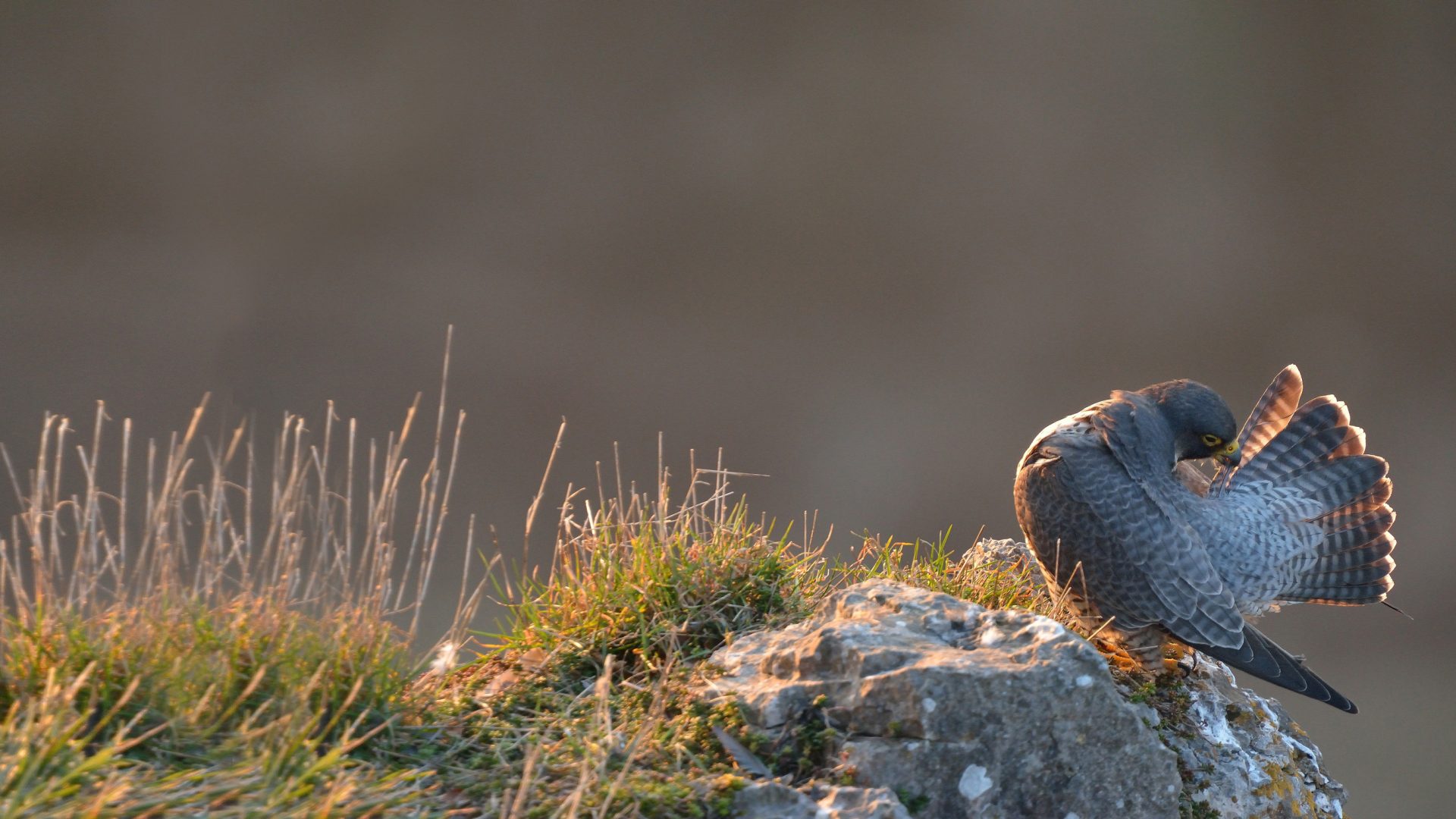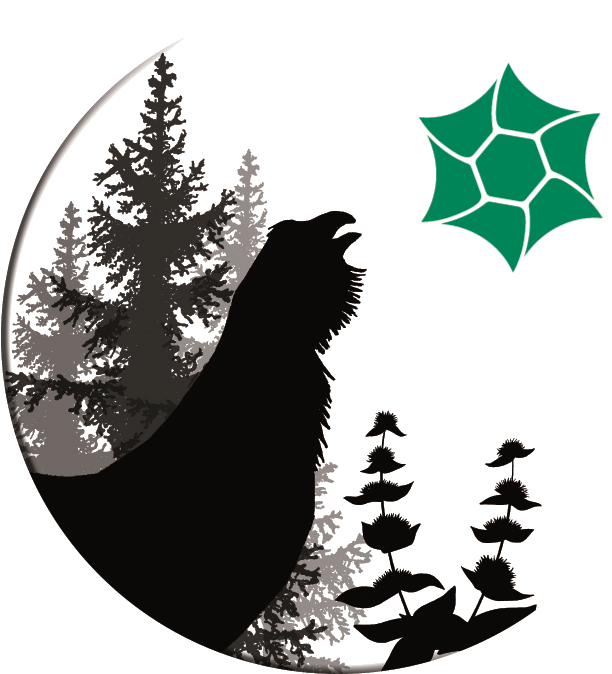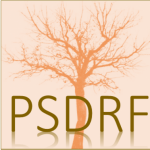 Peregrine Falcon preening
Peregrine Falcon preeningEmblematic bird of the rocky heights, the Peregrine Falcon is the subject of a special survey in the High Jura (Photo credits: Clovis and Marceau Duraffourg).
Management
Habitat conservation
The role of the Reserve is to assist the development of biodiversity. The many studies already completed or planned are useful tools for the manager. They increase knowledge and serve to identify possible future operations. The managers of natural reserves usually call this process “ecological know-how”.
This applies to five types of environment in the High Jura :
- Maintenance and enhancement of diversity of forest habitats taking into account their use as a natural resource
- Maintenance of biodiversity of upper grasslands and the wooded meadowlands
- Maintenance of biodiversity of lowland grasslands
- Maintenance of rocky habitats
- Maintenance of a working network of wetlands
Species’ preservation
The Capercaillie, the emblematic giant grouse of the Jura, for which the Natural Reserve was largely created, is still the subject of greatest concern. Even though its status quo is better here than in other sectors of the Jura massif, climate change and tourism can still be detrimental to its future. Monitoring of populations and management of its biotope are as essential as controlling disturbance.
Other species, whether they be animal (small mountain owls, woodpeckers, golden eagle, lynx, bats, hoverflies, etc) or plant (Dwarf Mountain Pine, arctic-alpine plants, Bartling’s Broomrape, Queen of the Alps, etc) are also under specific scientific studies and surveys.
Promoting research relating to management
The Natural Reserve works in close collaboration with many scientific partners (universities, laboratories, public or private bodies) on widely varied themes such as climate change, biodiversity research, geological and historical heritage, development of research work, etc)
Examples of surveys completed or underway :


